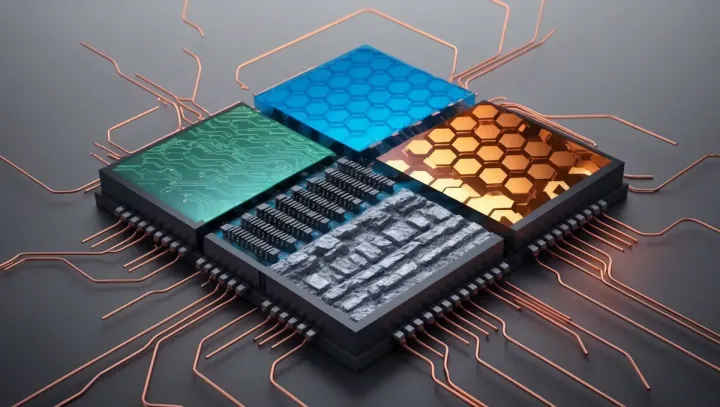
New Tool Makes Generative AI Models More Likely to Create Breakthrough Materials
Generative AI models have shown immense promise in designing new materials, with tech giants like Google and Meta generating tens of millions of candidates. However, these models often fall short when tasked with creating materials with the exotic quantum properties needed for next-generation technologies like quantum computing.
For instance, after a decade of dedicated research, only a dozen candidates for quantum spin liquids—a class of materials that could revolutionize quantum computing—have been identified. This bottleneck slows down the pace of technological breakthroughs.
Introducing SCIGEN: Steering AI Towards Innovation
Now, researchers at MIT have developed a technique to guide these powerful generative models toward creating promising quantum materials. Their method, named SCIGEN (Structural Constraint Integration in a GENerative model), allows them to impose specific design rules, or constraints, on the AI.
These constraints steer the models to generate materials with unique atomic structures, such as Kagome or Lieb lattices, which are known to give rise to exotic quantum properties. “We don’t need 10 million new materials to change the world,” says Mingda Li, the Class of 1947 Career Development Professor at MIT. “We just need one really good material.”
From Millions of Candidates to Real-World Materials
Using SCIGEN with a popular diffusion model called DiffCSP, the team generated over 10 million material candidates with specific geometric patterns known as Archimedean lattices. These structures are crucial because they can host quantum spin liquids and “flat bands,” which mimic the properties of rare-earth elements without requiring them.
From this massive pool, one million materials passed a stability screening. After running detailed simulations on a smaller sample, the team identified two previously undiscovered compounds, TiPdBi and TiPbSb, and successfully synthesized them. Experiments confirmed that the AI’s predictions about their properties were largely accurate.
Accelerating the Search for Quantum Materials
This breakthrough has the potential to dramatically accelerate the search for materials that could unlock the full potential of quantum computing. By generating thousands of viable candidates that meet specific geometric constraints, SCIGEN provides experimentalists with a much larger playground.
“By generating many, many materials like that, it immediately gives experimentalists hundreds or thousands more candidates to play with to accelerate quantum computer materials research,” says Robert Cava of Princeton University, a co-author of the study.
The researchers emphasize that experimentation remains critical, but SCIGEN represents a powerful new tool in the materials science arsenal. Future work will focus on incorporating even more complex chemical and functional rules into the generative models, opening the door to a new era of AI-driven materials discovery.


